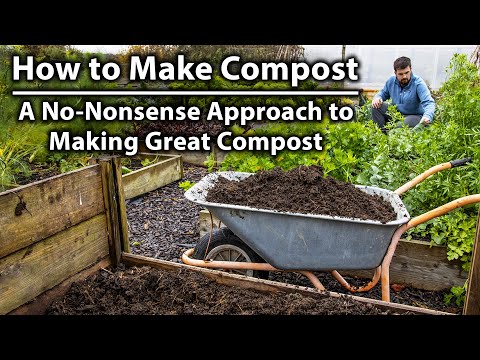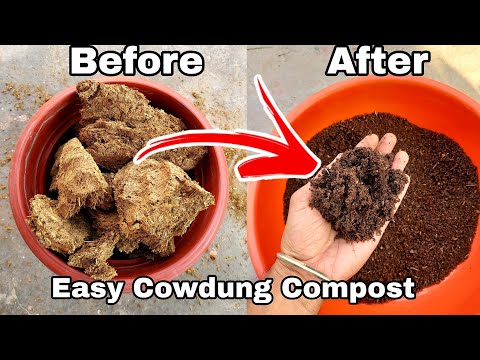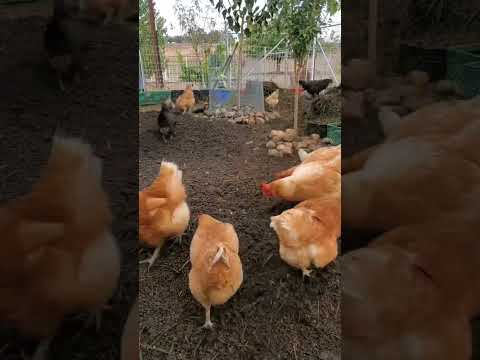1. Gather Supplies:
Before you begin composting, gather the necessary supplies. You’ll need a compost bin or container for your kitchen, which can be as small as a plastic container with a lid. Additionally, consider having a larger outdoor bin or pile for long-term composting.
2. Choose the Right Location:
Find an appropriate location for composting based on your available space and convenience. If you have access to a backyard or garden, consider placing your outdoor bin there. For those living in apartments or with limited outdoor space, an indoor worm bin or Bokashi system may be ideal.
3. Separate Waste:
Start by separating your kitchen waste into two categories: green and brown materials. Green materials include fruit and vegetable scraps, coffee grounds, tea bags, and eggshells. Brown materials consist of dry leaves, newspaper shreds, cardboard pieces without glossy coatings, and straw.
4. Add Layers:
In your compost container or bin, start by adding a layer of brown material such as dry leaves or shredded newspaper at the bottom to provide airflow and prevent excessive moisture buildup. Follow this with a layer of green material like fruit peels or coffee grounds.
5. Maintain Balance:
To create effective compost with optimal nutrient content, maintain a proper balance between green and brown materials in your layers while avoiding large chunks that could slow down the decomposition process.
6. Moisten the Pile:
Make sure to keep your compost pile moist but not waterlogged; aim for a consistency similar to a damp sponge. Too much moisture can lead to unpleasant odors and slow decomposition. If the pile seems too dry, add water during the layering process.
7. Turn the Pile:
Every two weeks or so, use a gardening fork or shovel to turn the compost pile. This helps enhance decomposition by allowing air circulation and mixing different layers together. Additionally, turning prevents funky smells and ensures an even breakdown of materials.
8. Be Patient:
composting takes time, usually several months depending on factors such as temperature and contents. During the waiting period, continue adding kitchen waste while maintaining a good balance of greens and browns and turning the compost occasionally.
9. Harvest your compost:
After several months, you’ll notice that most of your kitchen waste has transformed into dark, crumbly compost. To harvest it, stop adding new materials for a few weeks, allowing any remaining bits to decompose fully. Once ready, sift the finished compost through a mesh sieve to remove any larger chunks or leftover scraps.
10. Use Your compost:
Now that you have finished compost, it’s time to put it to use! Spread this nutrient-rich soil amendment in your garden beds or pots to improve soil fertility and help plants thrive naturally without relying on chemical fertilizers.
By following these easy steps, you can easily turn your kitchen waste into valuable compost that enhances your garden while reducing environmental impact. Get started today and become an eco-conscious gardener while enjoying lush plants!





